Easy-open
Easy-open
Easy-open
The term Easy-open refers to packaging designed for quick and effortless opening. This feature is crucial for enhancing user convenience and satisfaction. Easy-open packaging often includes elements like perforations, tear strips, or pull tabs.
Why Easy-open Matters
Easy-open packaging is essential for various reasons. First, it improves the user experience by making products more accessible. Second, it can be particularly beneficial for individuals with limited hand strength or dexterity, such as the elderly or those with disabilities.
Types of Easy-open Features
There are several types of easy-open features. Common examples include:
- Perforations: Small cuts that allow the package to tear easily.
- Tear Strips: Strips that can be pulled to open the package.
- Pull Tabs: Tabs that can be lifted to open the package.
Benefits of Easy-open Packaging
Easy-open packaging offers multiple benefits. It enhances customer satisfaction by making products easier to use. It also reduces frustration and potential damage to the product during opening. Additionally, it can improve brand loyalty by providing a positive user experience.
Examples of Easy-open Packaging
Examples of easy-open packaging can be found in various industries. For instance, food packaging often features tear strips or pull tabs. Similarly, pharmaceutical products may use perforations for easy access. These features make it simple for consumers to access the contents without hassle.
Blog Posts with the term: Easy-open
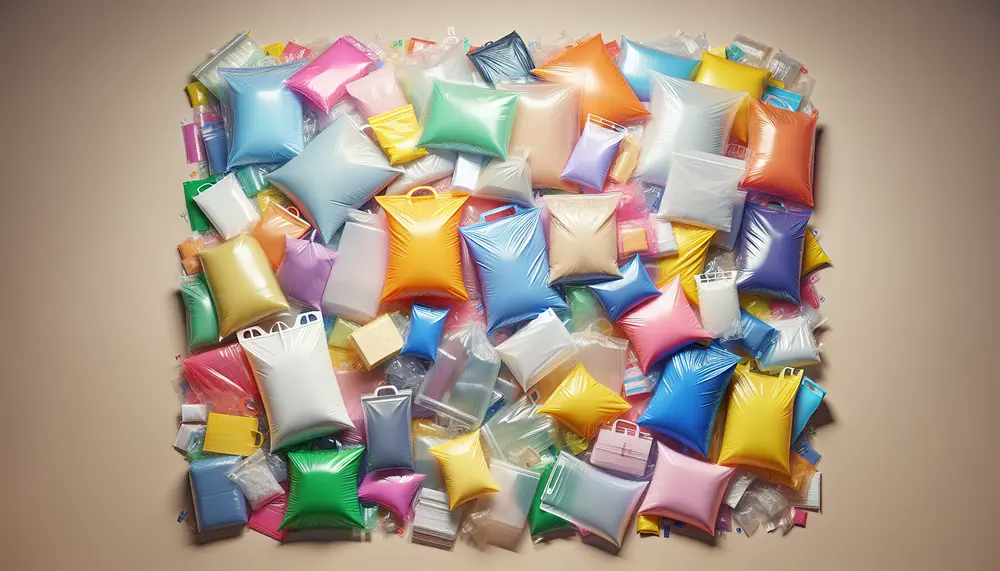
LDPE bags are versatile and durable packaging solutions made from Low-Density Polyethylene, suitable for a wide range of applications including food packaging, medical supplies, retail merchandise, industrial parts, and agricultural products. They offer benefits such as cost efficiency, protective qualities...
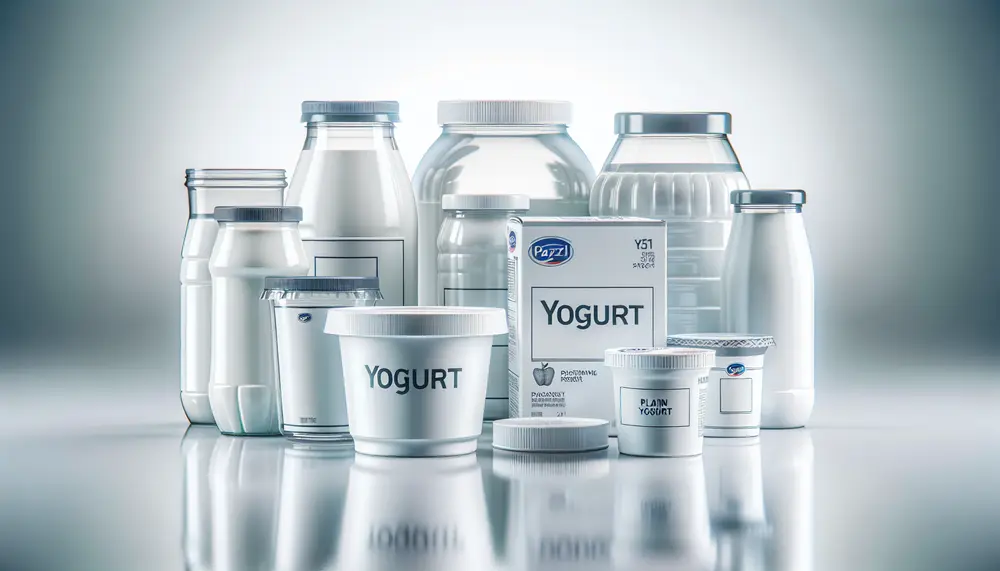
The article discusses the significance of yogurt packaging materials in preserving quality, extending shelf life, and marketing. It highlights various types of packaging like glass, plastic, composites, eco-friendly alternatives, and metal containers with their respective properties. Packaging choices for yogurt impact...

Packaging in marketing is a multifaceted tool that influences brand perception and market success, serving not only to protect products but also as a silent salesman through design elements that convey brand values. It enhances visibility, appeal, protection, communication of...
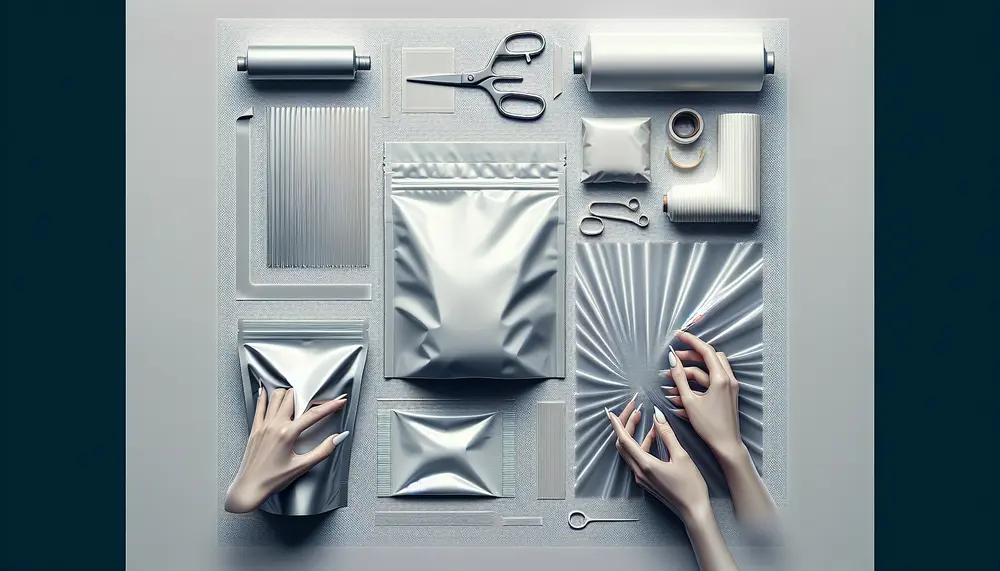
Flexible and soft packaging materials are cost-effective, protective solutions that bend to fit contents; they combine substrates like plastics for barrier protection and branding. The industry is shifting towards these lightweight, customizable options due to consumer convenience, sustainability benefits, and...
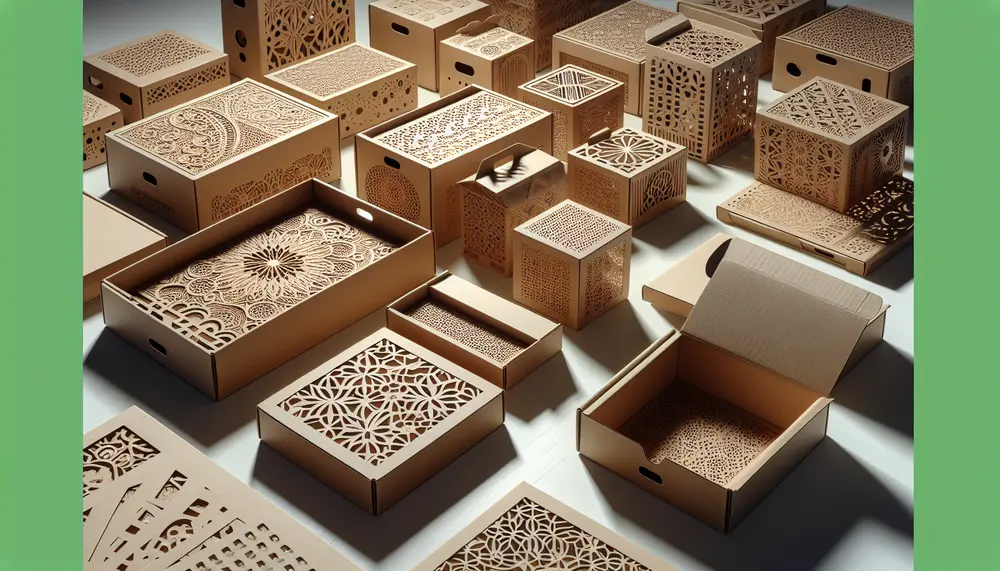
Perforation in packaging design is a critical element that enhances product breathability, user access, and maintains integrity during transport. It requires careful consideration of material properties and precise techniques to ensure functionality without compromising quality. The role of perforation extends to...
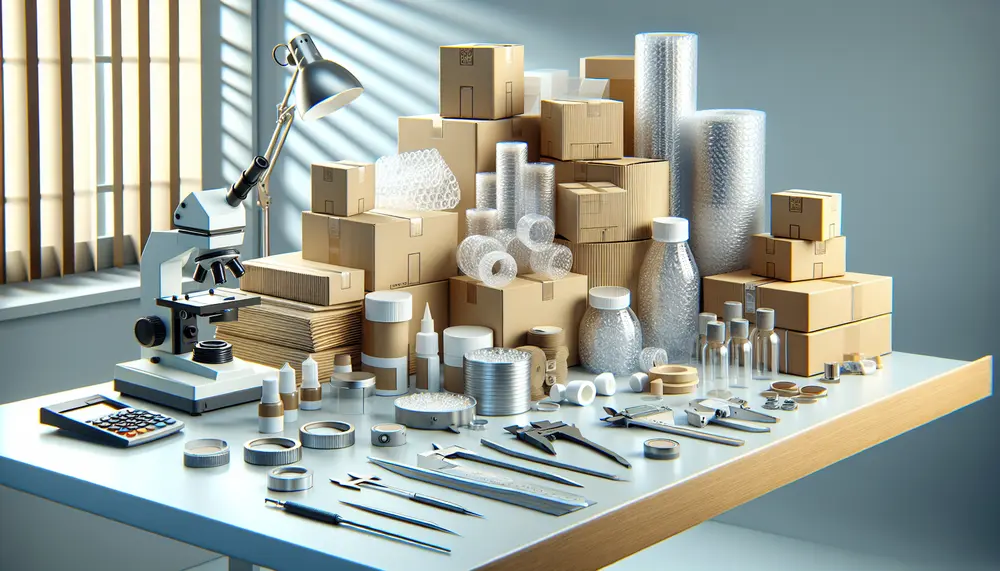
Packaging R&D is essential for innovation in the industry, focusing on functionality, efficiency, sustainability and improving user experience while minimizing environmental impact. Innovation drives packaging solutions forward with smart technologies and eco-friendly materials to meet market needs and reduce environmental...
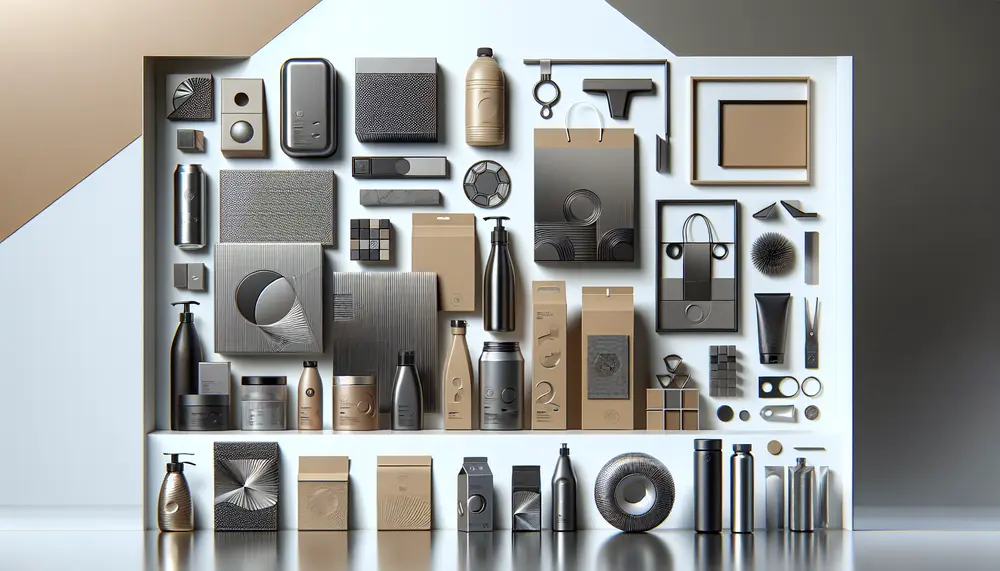
The 2024 packaging design trends emphasize aesthetics, functionality, and sustainability to enhance brand storytelling and consumer engagement. Trends include eco-friendly materials that reduce environmental impact but may increase costs, minimalist designs that offer a clean aesthetic while potentially being too...
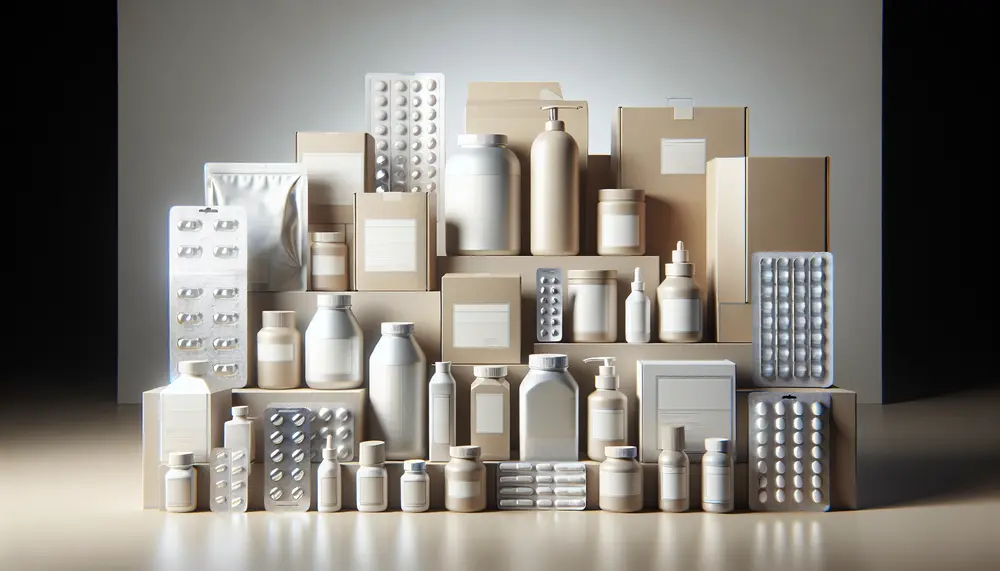
Pharmaceutical packaging and design are essential for ensuring medication safety, efficacy, and patient compliance. Effective packaging involves understanding regulatory requirements, material science, and user needs while providing protection, information, identification, convenience, and adherence to treatment plans; it must also comply...
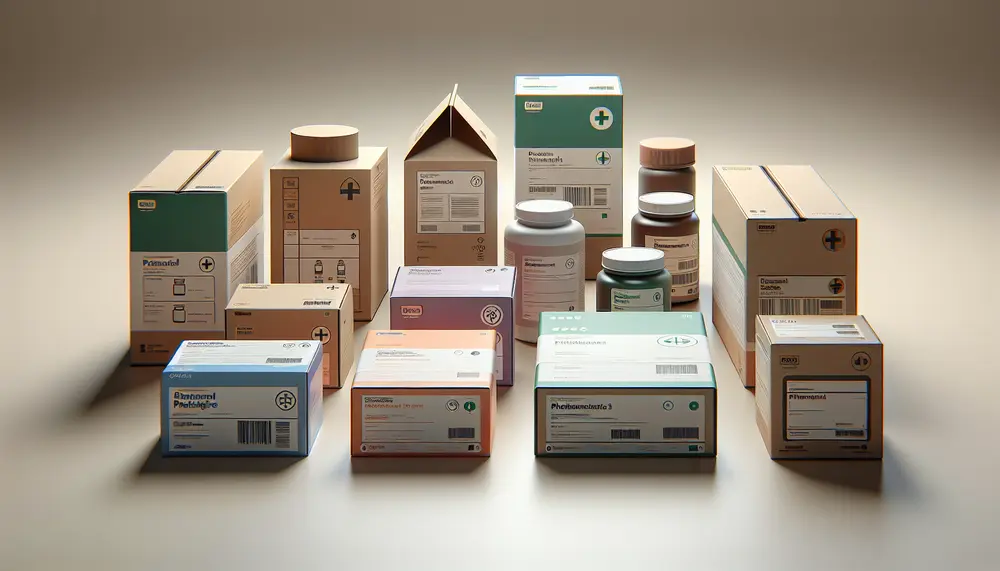
Pharmaceutical packaging is essential for maintaining medication safety, stability, and compliance with regulatory standards; it protects from external elements and contamination while ensuring patient adherence through clear labeling and user-friendly designs. When choosing a pharmaceutical packaging manufacturer, consider their certifications,...

The pharmaceutical packaging industry is rapidly evolving with trends focusing on sustainability, smart technologies, and personalized solutions to meet consumer demands and regulatory requirements. While these innovations offer benefits like reduced environmental impact and enhanced patient engagement, they also present...
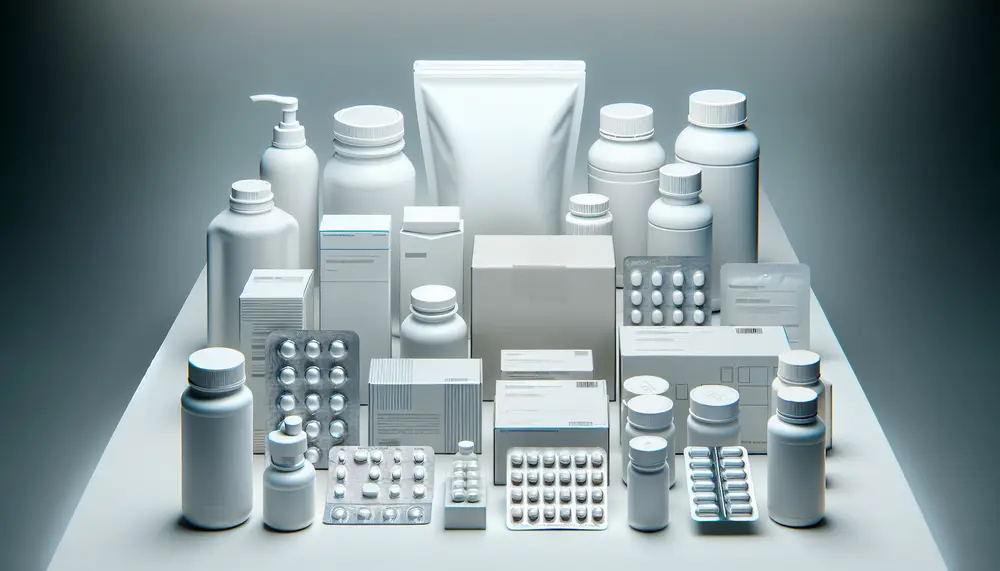
Pharmaceutical packaging is essential for protecting medications from contamination and degradation, providing critical information through labeling, ensuring regulatory compliance, and enhancing user experience with features like child-resistant caps. While it offers benefits such as safe transportation and storage, challenges include...
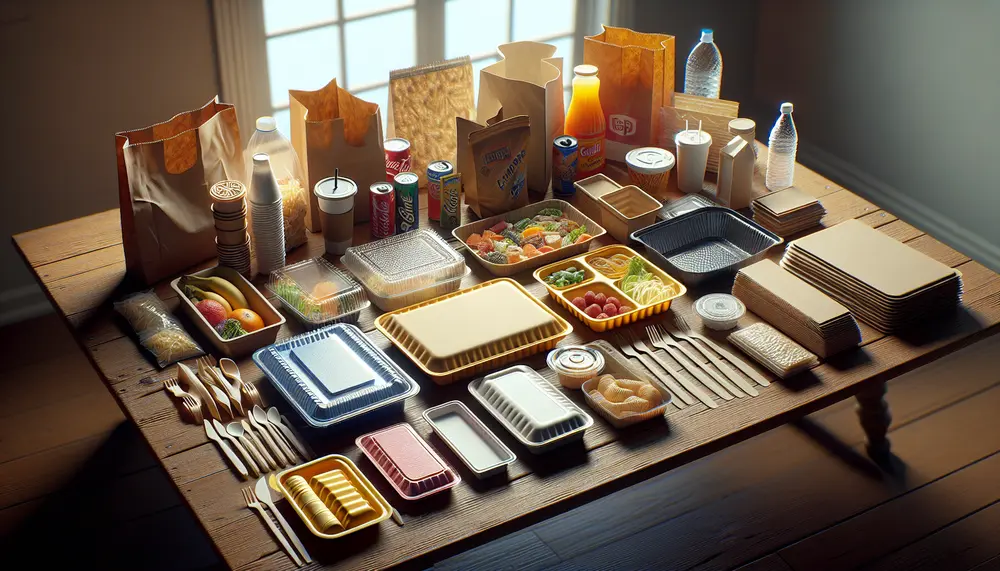
Food grade packaging material refers to safe, non-toxic solutions for direct food contact, complying with international health and safety standards. These materials include plastics, glass, metal, and paper which undergo rigorous testing to ensure they do not harm the food's...
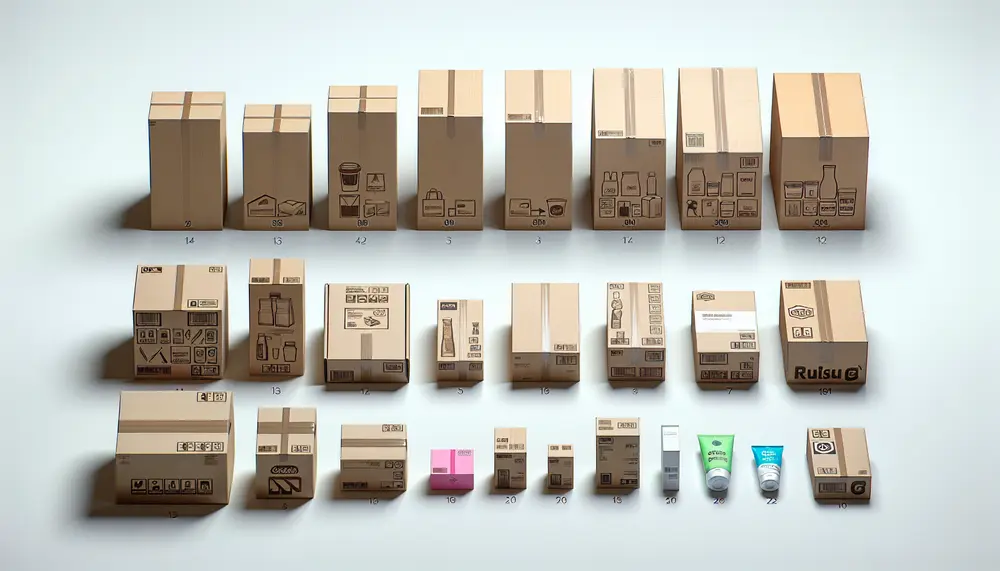
Product packaging is essential for protection, marketing, and providing consumer information; it influences brand perception and purchase decisions through design elements like color schemes. The design process involves research, feedback, prototyping, and technical considerations to ensure functionality and appeal. Choosing packaging...
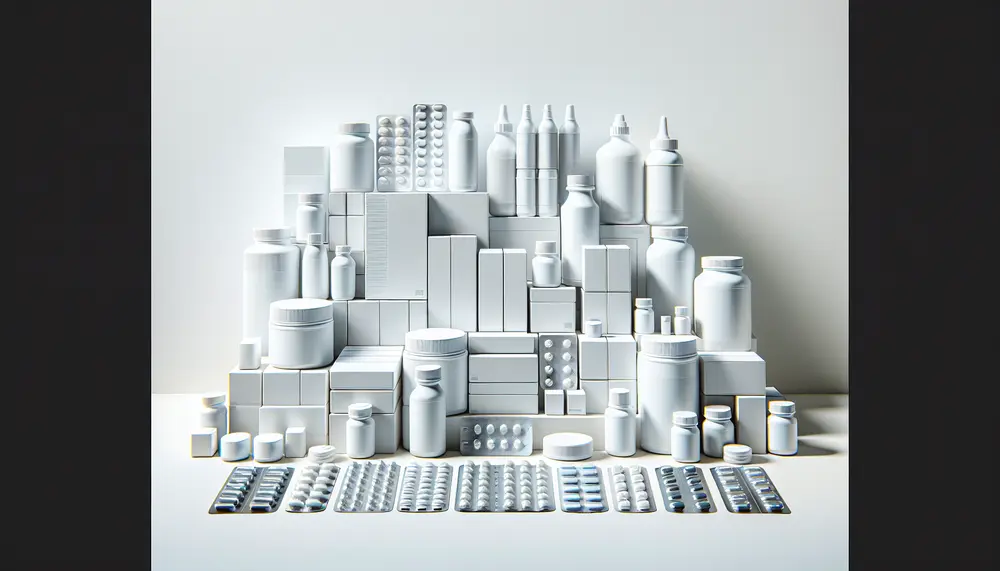
Pharma packaging is vital for safe medication delivery, requiring an understanding of different types and materials to ensure drug integrity, patient safety, compliance with regulations, sustainability practices, and leveraging technological advancements....
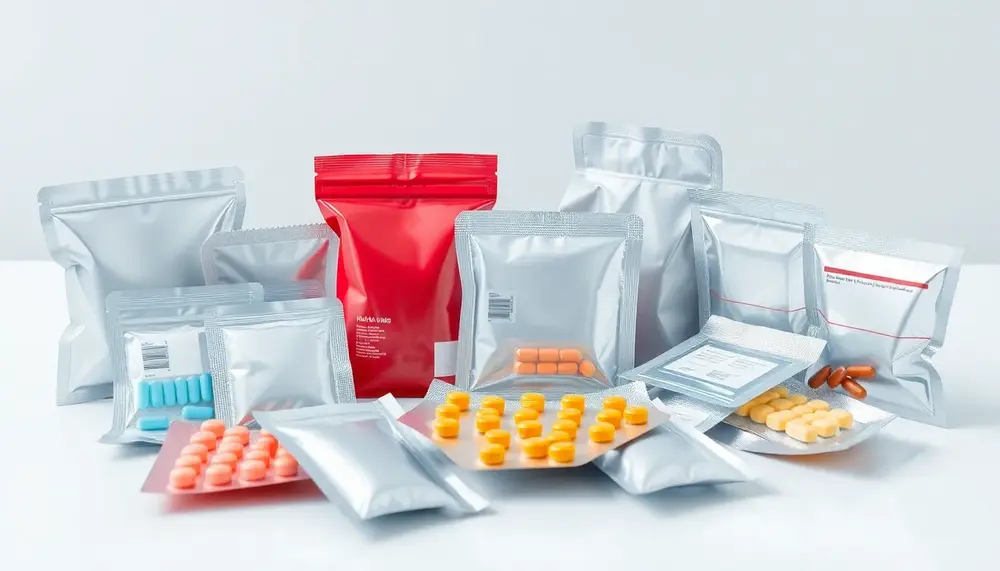
Flexible packaging in the pharmaceutical industry enhances protection, usability, and sustainability by offering versatile solutions for various medications while reducing costs and environmental impact. Its applications range from oral medications to injectables, providing tailored options that improve product safety and...
